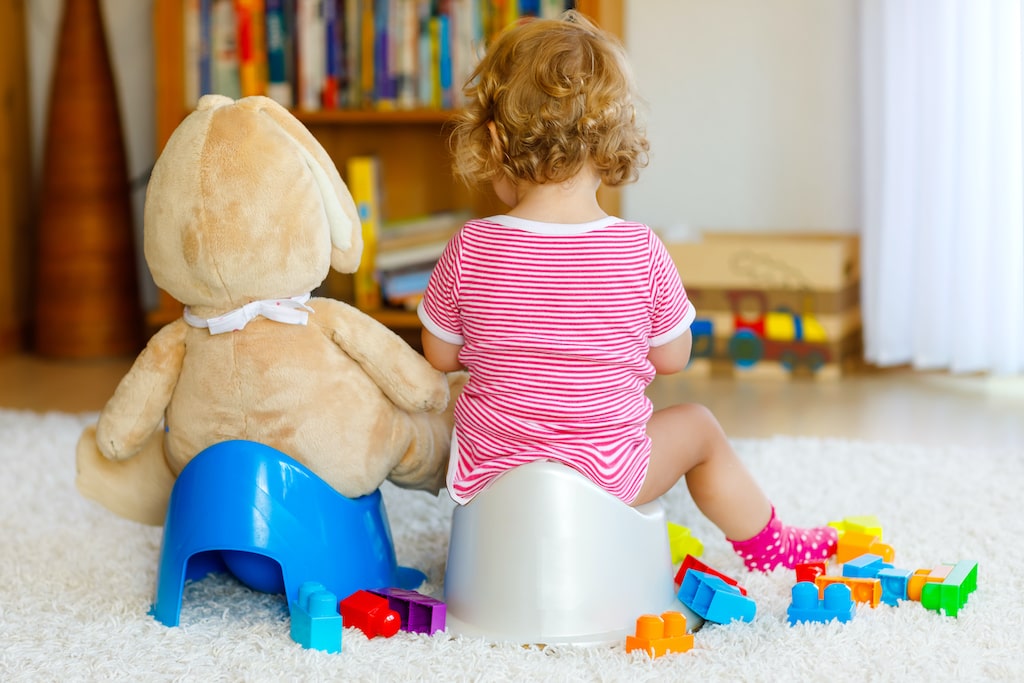How to Potty Train Your Toddler?
How to Potty Train Your Toddler: A Guide to Three Popular Methods

As the parent of a toddler, you have probably become accustomed to receiving unsolicited advice regarding which potty training method is best. However, there’s no single method that is best. Many children respond well to any method or a combination of techniques, but it is important to consider your family’s and your toddler’s personal styles to select the techniques that suit everyone.
The Parent-Led Gradual Method
Parents who don’t want a lot of stress with potty training may choose what’s known as the parent-led gradual method. This slow and steady training begins with teaching the child what potty training is with a book, video, or your words. To allow your child to become familiar with their new potty chair, place it in their playroom or play area for two weeks so they can explore it, take it apart, turn it upside down, and so on. Once familiar, move the potty chair into the bathroom and have the child sit on it whenever you or your partner use the bathroom.
How often the toddler is instructed to sit on the toilet will differ from family to family. The most gradual schedule begins with a bathroom break when the child gets up in the morning, after naptime, and before bedtime. Some parents will choose to take their child to the potty chair every two hours. When your child begins bare bottom training, have your toddler wear regular underwear at home. Get rid of daytime diapers altogether when the child starts to have regular success.
The Child-Led Gradual Method
Allowing your child to lead the training is another great, gradual method to try. To start, place their toilet in the bathroom, but don’t require your child to sit on it. When your child takes the initiative and has a bathroom success, you give hugs and praise. This method takes longer than others but works well for children who love personal accomplishments and doing things on their own.
Immersion
For a variety of reasons, some parents just want potty training to be done. The various immersion techniques differ in the length of time for the training, but the three-day method is most popular as it can be done over a long weekend. The parent and the child stay home for three days. The child doesn’t wear diapers or pants during the day or at night, but underwear is permitted. Parents need to be prepared for lots of accidents at first. Take the child’s potty chair, along with plenty of food and drinks, outside, helping to minimize messes in the house. If you do much of the training indoors, you may want to put puppy pee mats or rubber bath mats on your couch and rug. This method requires quite a bit of patience and it’s important to remember that children should never be punished for accidents.
Rewarding Your Child
With any method, keeping track and praising their success will help them build confidence through the process. When developing a reward system, stay away from food or candy because when they are full or tired of the treat, they quit trying. Instead, use a sticker chart that helps them build towards a larger reward, such as a new small toy. For example, to earn one sticker, the child sits on the potty without using it, but if he successfully goes on the potty, he earns two stickers. When your child successfully notifies you ten times they need to go pee and actually do so on the potty, you can begin using underwear for awake hours during the day. Naps and nighttime will still require a diaper as that is separate from daytime training.
Whether your family needs professional guidance for potty training or have other pediatric health concerns, we’re available to help. Contact Bard & Didriksen Pediatrics today to schedule an appointment.

